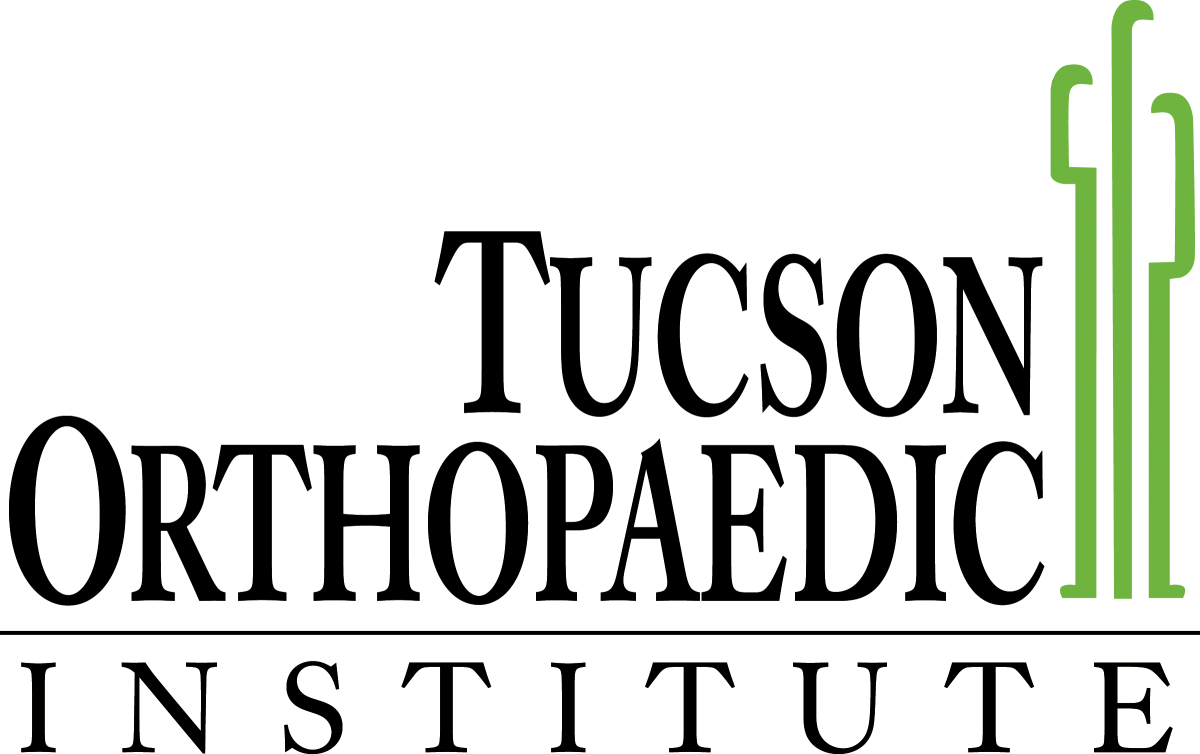What is Wrist Cyst?
A ganglion cyst is the most common lump that develops along the tendons or joints of the wrist or hand. This benign (noncancerous) lump, which may also occur in the ankles and feet, is usually round or oval and filled with a jelly-like fluid.
Most cases of ganglion cyst develop on the back of the hand at the wrist. However, it can also develop on the palm side of wrist.
It is still not clear what causes the development of a ganglion cyst. It is usually seen though in women between the ages of 15 and 40. The wrist cyst is also common among gymnasts, who repeatedly apply pressure on the wrist.
Symptoms of Wrist Cyst
The most common sign of a wrist cyst is the formation of a soft mass, between 1 and 3 cm in diameter. This mass doesn’t move but changes in size. It may get smaller over time and may even go away but may come back at another time.
In some cases, there can be pain especially after a repetitive trauma. There can also be weakness in the finger if the cyst is connected to a tendon.
Diagnosing Wrist Cyst
A physical exam is needed to diagnose a wrist cyst. During the physical exam, the doctor may apply pressure on the cyst to find out if there is tenderness or pain. He/she may also shine light on it to find out if it is filled with fluid or a solid mass.
To confirm the diagnosis of a ganglion cyst, the doctor has to aspirate fluid from the cyst (a ganglion cyst has thick and clear fluid).
Additional tests such as x-rays, ultrasound, or magnetic resonance imaging (MRI) may be recommended to rule out other conditions.
How It Is Treated
When ganglion cyst is diagnosed, the initial treatment of choice is nonsurgical.
Nonsurgical Treatment
To alleviate the symptoms of the wrist cyst, the use of a wrist brace or splint and aspiration may be recommended. Aspiration usually helps patients who experience pain and limitation from the cyst.
Surgical Treatment
If symptoms do not improve with nonsurgical methods, then surgery may be recommended by the doctor. The surgery involves the removal of the cyst and its root. The root can be a joint capsule or tendon sheath. This procedure is called an excision.
